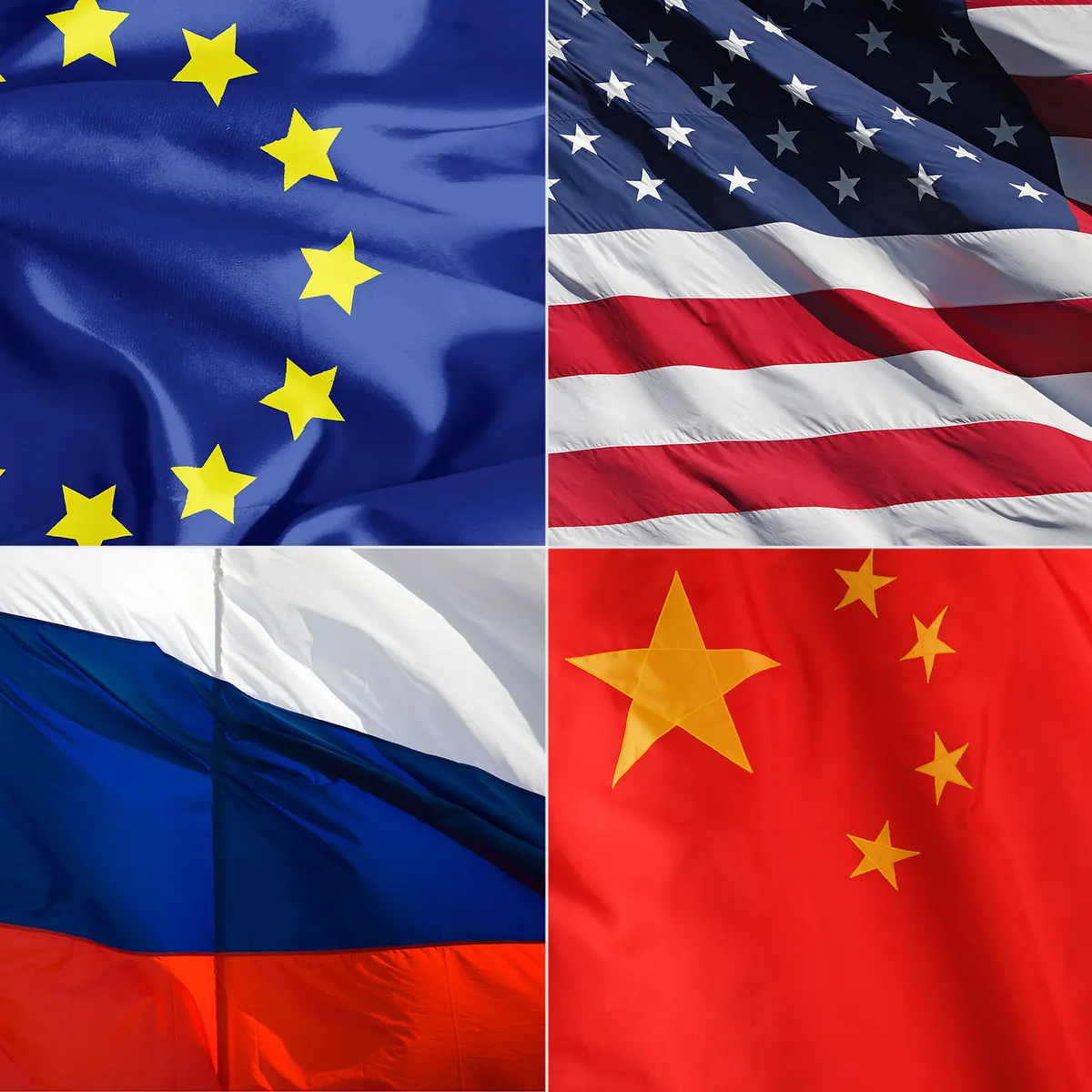
Technological change has come in four waves since the 1800s. Time between invention and widespread use was cut from about 80 years for the steam engine to 40 years for electricity, and then to about 20 years for IT. The four most important GPTs of the last two centuries were the steam Engine, electric power, information technology (IT), and artificial intelligence (AI).
Technology adoption lags have fallen a lot since the 1800s. Leapfrogging is practically impossible. For a country to overtake another, it must first catch up. Automation is labor-share reducing, not labor displacing. It is difficult for countries to leapfrog over general purpose technologies. Regulations that facilitate or impede technical progress, education and infrastructure, and attitudes toward the social change that accompanies new technologies.
Since the 1970s, automation in relatively advanced economies has put pressure on labor earnings. This means that countries that have efficient arrangements for addressing distributional concerns have an advantage over those that don’t. Expect the United States to call the shots for the rest of the century.
The U.S. needs to restore competition in tech, finance, health, and public education. China has to find ways to encourage entrepreneurship and address education and wealth disparities. Europe has to mobilize large amounts of money and make it easier for investors anywhere to bring inventions to the Single Market.
Automation5
Whoever leads in artificial intelligence in 2030 will rule the world until 2100 – Brookings